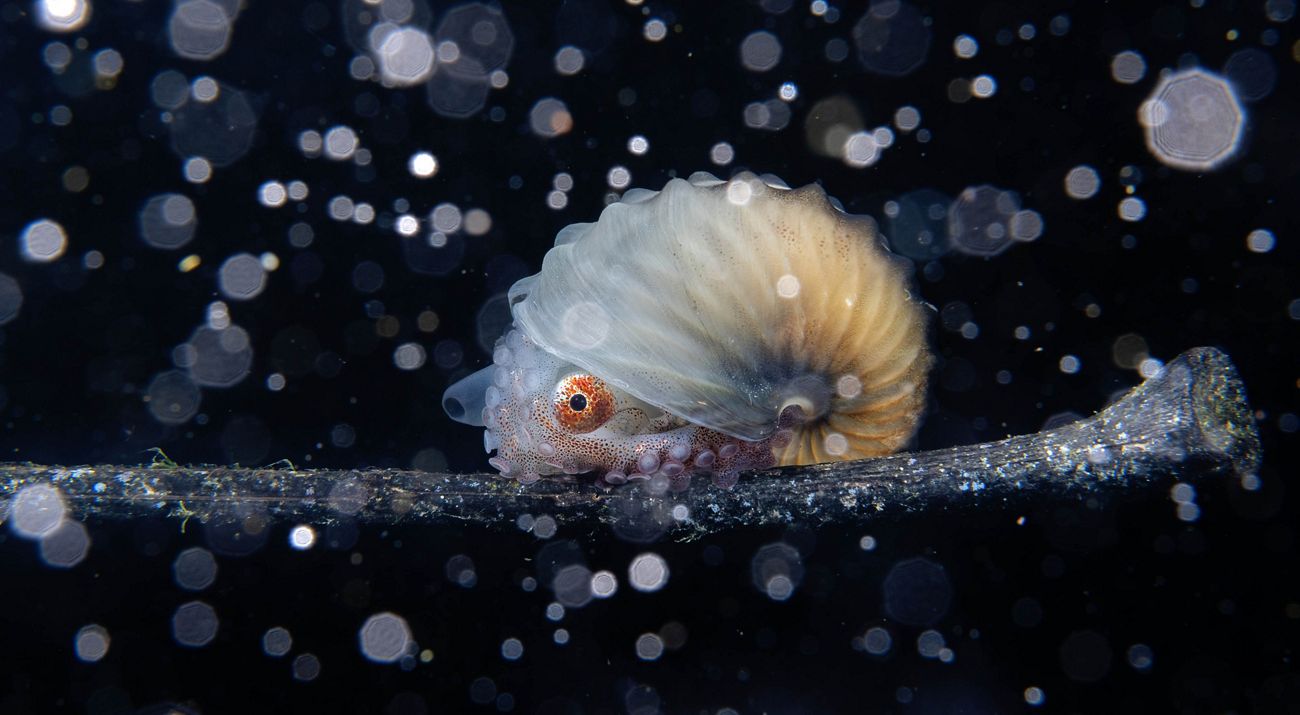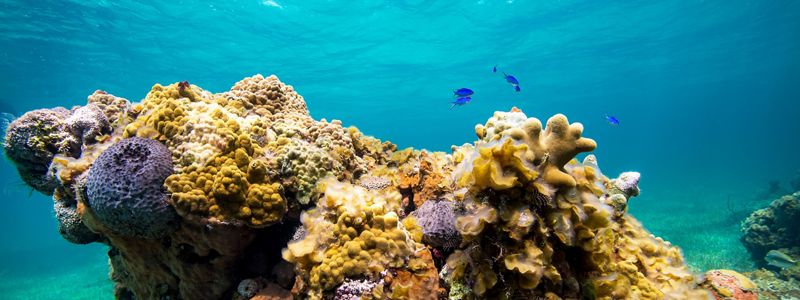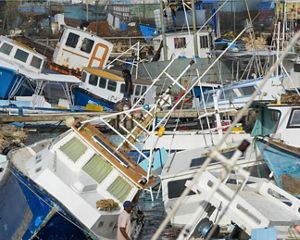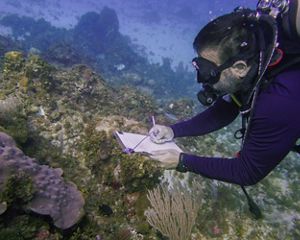
Diving Down: Deep Ocean Mapping for Biodiversity
How new models are helping us to understand these mysterious areas.
The deep ocean is one of the most mysterious and least explored places on Earth, inaccessible to most scientists and many marine creatures. It is often associated with thermal vents and anglerfish, but what else lies hidden in its depths? Dr. Steve Schill, Lead Scientist of the Caribbean Division, has been working with Geospatial Scientist, Ryan Shields, to develop a deep ocean habitat model to aid in the conservation of these little-known, yet potentially critical areas, which we detail in this article.
What are we doing?
“We are working to protect important parts of the ocean to keep the oceans and islands healthy. You might think of coral reefs, seagrass beds, and mangroves, which are very important. But we also want to protect the deep, dark parts of the ocean that most people will never see.”
Why are we doing it?
“We don’t know much about the deep ocean compared to the coastal areas. Sometimes, we know more about other planetsthan our own ocean floor. But we do know that important animals live there. And these deep ocean habitats affect the whole ocean's health.
“It’s hard to find these important areas though. The deep ocean is huge and very deep—over 75% of the seafloor is below 4,000 meters. It's dark, cold, and under a lot of pressure. But we're slowly making progress and discovering new things.
Companies also want to explore these areas to find valuable minerals and metals. Some animals are even targeted for use in medicine.
“Right now, companies haven’t started large-scale mining in the deep ocean. We want to protect the animals and habitats before they are damaged by big mining operations. But to protect these areas, we first need to find them. Unlike coastal areas, we don’t have detailed maps of where important animals are in the deep ocean.”
How are we doing it?
“We use digital maps to study the seafloor and look for places with lots of different animals. We ask questions like ‘where on the seafloor is high, low, flat, or sloped?’
“For example, the Barbados Ridge is a big, elevated area like a mountain range. To the west is the Tobago Basin, that's like a big valley. The Puerto Rican trench is to the north and is an underwater canyon. On the flat areas there might be individual mountains or valleys.
“These big and small features provide different types of habitats for animals. Seamounts (underwater mountains) provide hard surfaces that some species like to latch onto. These areas might also have valuable metals. Sloped areas control how the water and nutrients move, like an underwater river. The low areas collect these nutrients like a pond where deep ocean animals can live.
“Depth is important for biodiversity. So, we also mapped different depth zones. There are shallow areas with sunlight to deep trenches that are just above freezing. Typically, the deeper the water is, the harder it is for animals to live there. We also measure how ‘bumpy’ or rugged the seafloor is. Rugged areas offer more protection for animals. The direction a slope faces is also important.”
What does the future hold?
“Right now, we use these maps to guess where to find areas rich in biodiversity. If we can find a seamount there's probably organisms living there that we can protect. But as we explore and observe new animals, we measure the depth, temperature, and saltiness. This helps us learn what conditions the deep ocean animals like. Modern technology is starting to help us map those things at a global scale. We can use these maps to ask, ‘what other areas of the ocean have the right depth, temperature, and saltiness for this animal?’ Then we can explore those areas. We'll learn more and try it again. Over time, we’ll create detailed maps of the deep ocean habitats like the ones we have for coral reefs and seagrass, and we can identify the most important areas that deserve protection.
We Can’t Save Nature Without You
Sign up to receive monthly conservation news and updates from the Caribbean.



